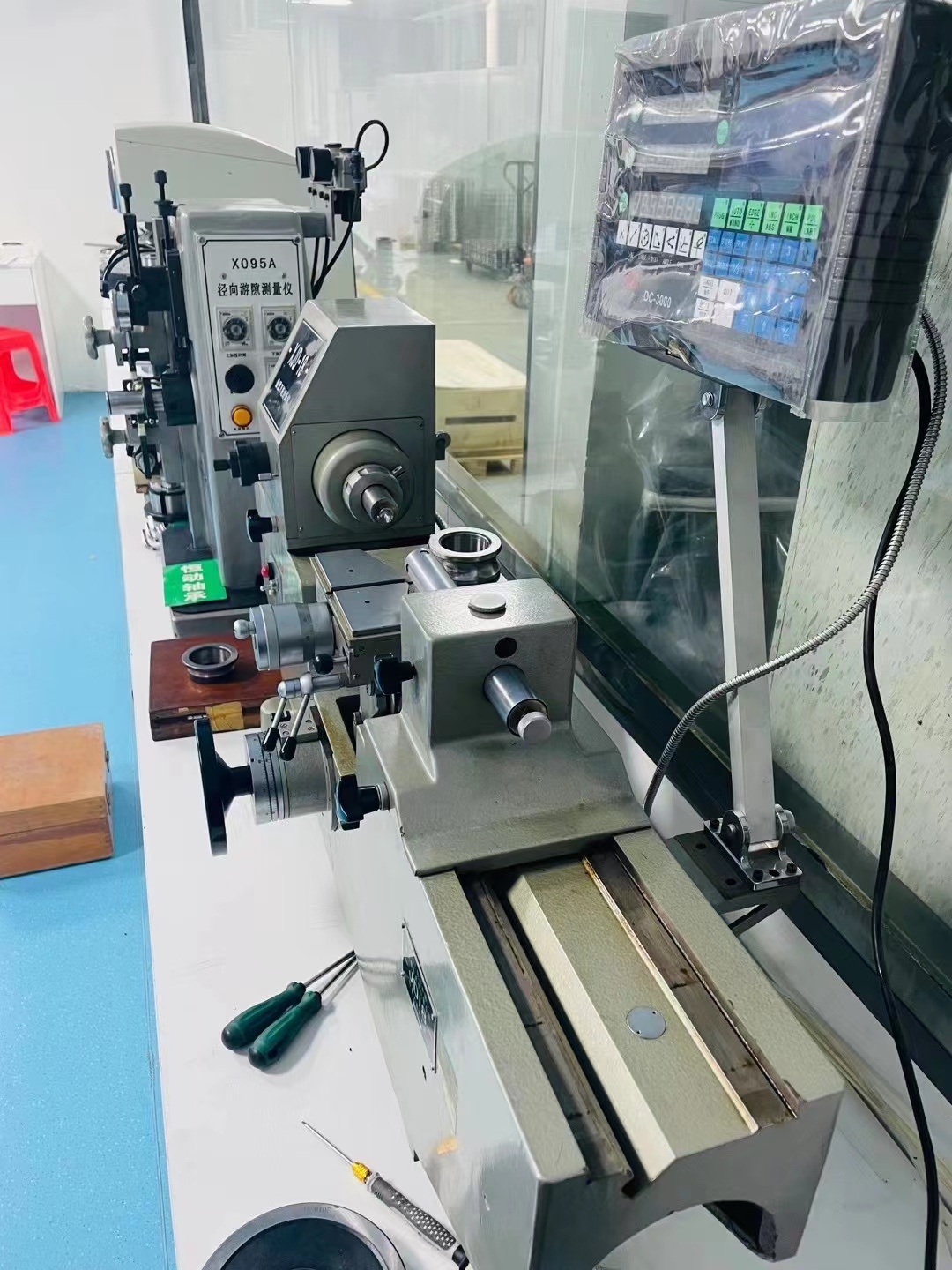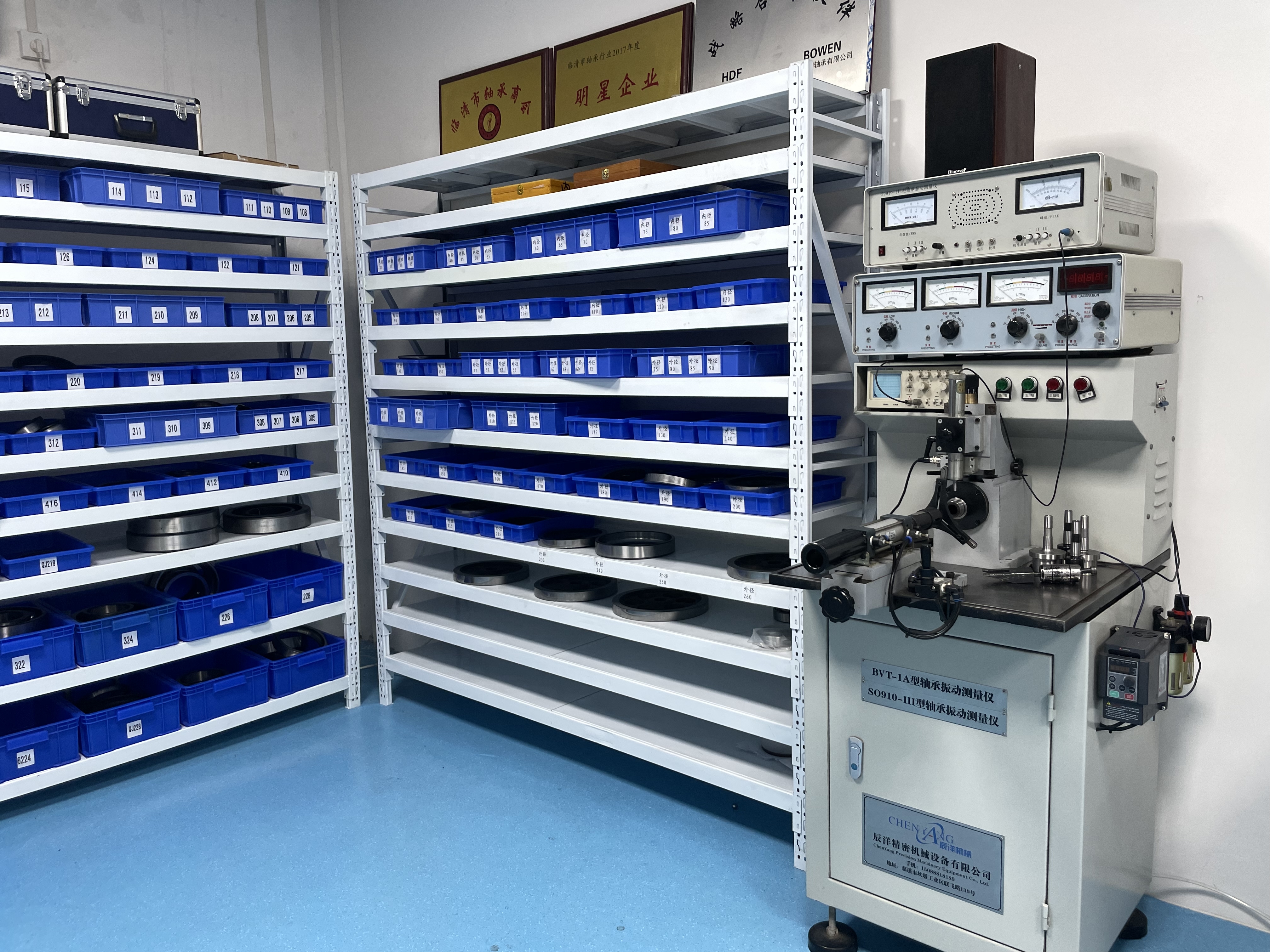

What do clocks, skateboards and industrial machinery have in common? They all rely on bearings to maintain their smooth rotational movements. However, to achieve reliability, they must be maintained and handled correctly. This will ensure a long bearing service life, preventing many common issues that can result in bearing failure and costly downtime.
1. Handle and store correctly
To avoid contaminants including moisture, dust or dirt entering the bearing, they should be handled and stored correctly. Firstly, bearings should be stored horizontally in their original packaging in a clean, dry and room temperature environment. When bearings are unnecessarily handled, for example, if their wrappings are prematurely removed, this can expose them to corrosion or contaminants. Bearings are delicate components and should be treated with care. As such, components that have been dropped shouldn’t be used as this could lead to premature failure.
2. Use specialist tools
Additionally, appropriate equipment should be used when handling bearings. Tools that are not specialised for use during the bearing mounting and dismounting process can cause unnecessary damage, denting and wear. Bearing pullers or induction heaters for example, are designed specifically for bearings.
3. Check the bearing housing and shaft
Inspect the physical condition of the housing and shaft prior to mounting the bearing. Use a soft cloth to wipe the surfaces clean, before familiarising yourself with the correct mounting method.
4. Mount correctly
You should use the correct method when mounting your bearings and this varies depending on the type of bearing and type of fit. Radial ball bearing rings can be mounted with a variety of fits from sliding fits to tight press fits, depending on the type of load, the speed and vibration levels. Applying pressure to the wrong ring when fitting can result in damage to the rolling elements. Equally, excessively loose or excessively tight fits, a poor finish on the bearing seats or out of round shafts or housings should also be avoided.
5. Get your lubrication right
One of the leading causes of bearing failure is lubrication failure. This encompasses using the incorrect lubricant, as well as using too much or too little lubrication. The correct lubricant is chosen by considering the environmental conditions, temperature, speed and load. A bearing specialist will be able to advise on a suitable lubrication match and can control bearing lubrication to within a few milligrams. So, if you require a low, normal or high grease fill, you’ll be safe in the knowledge that your lubrication won’t cause problems later down the line.
6. Avoid temperatures outside the bearing’s range
If a steel bearing is heated above the limit that it is designed for, this can permanently deform or soften the bearing material, resulting in a reduced load carrying capacity and leading to equipment failure. Choosing a bearing that is suitable for your temperature operating range is the first step. During regular maintenance, look out for discolouration of the rings, rolling elements and cages, as this could indicate overheating. This can be the result of excessive operating temperatures and improper lubrication and requires your attention quickly.
7. Where possible, prevent corrosion
Corrosion is the natural enemy of bearings. Over time, if bearings are exposed to moisture, corrosion will occur. This can lead to rust entering the raceway and ultimately, premature bearing and equipment failure. Wearing gloves will ensure that perspiration or other liquids do not enter the bearing. When designing specifically for corrosive environments, selecting the right bearing is key. For example, opting for a 316 stainless steel bearing with seals is often a good choice in marine or chemical environments.
8. Choose your replacement carefully
If a bearing does reach the end of its operating life, replace your bearing with one that is identical or superior in quality to the original. A low-quality alternative will be more likely to fail and could lead to more costly equipment failure in the long run.
9. Monitoring
It’s rare that a bearing will fail without any warning signs. Excessive noise or an increase in vibration or temperature could be the symptom of a deeper problem. If a bearing exhibits any operational abnormalities, it should be monitored more closely.
10. Call in the experts
Finally, if in doubt, seek the help of an expert. A bearing specialist will be able to advise you on the best maintenance method for your specific application and will be able to help you diagnose any bearing problems. It can be as simple as sending your problem bearings to experts, who will inspect and relubricate your bearings if required.
Post time: Dec-30-2021
